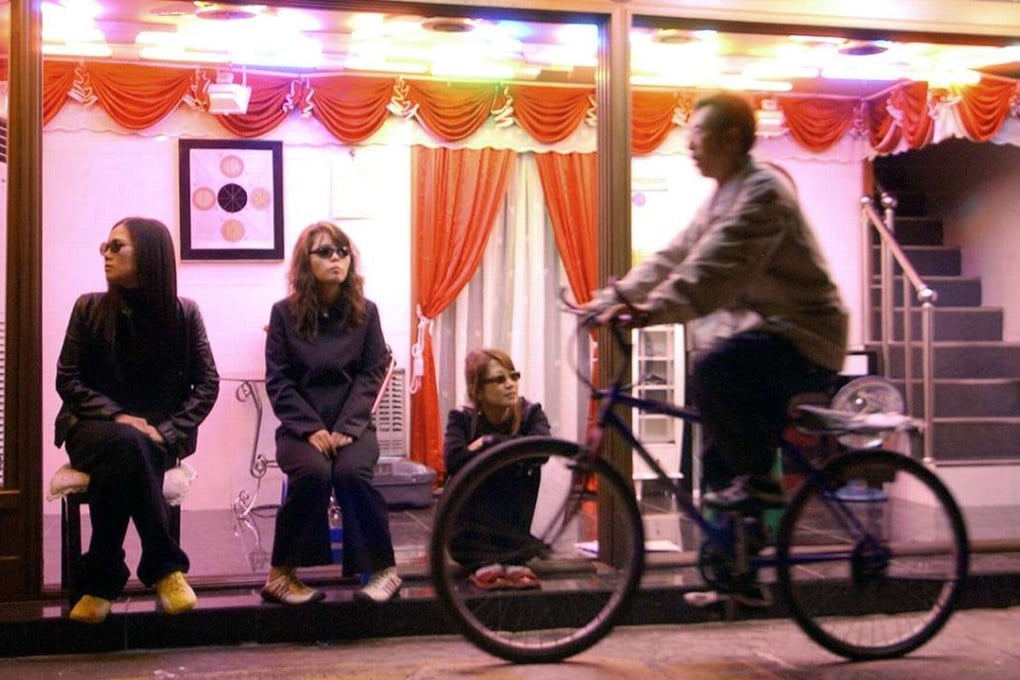Seoul’s red light districts: first losers of the Winter Olympics
Brothels face the wrecking ball as South Korean capital cleans up its act ahead of Pyeongchang 2018

Along the narrow alleyways that make up what was once a bustling red light district outside of Seoul’s Cheongnyangni Station, the ground is now covered in rubble and broken glass from the ongoing demolition of dozens of brothels that sit broken down and abandoned.
While a cluster of three brothels remains open for business, illuminated by dull pink light bulbs, on the sidewalk right in front of them is a wooden signboard with the spray-painted message: “Prostitution is illegal and carries fines of 3 million won [HK$21,000] and one year imprisonment.”
Also spray-painted on one of the open brothels is the message: “Let’s tear this place down.”
The contrasts capture Seoul’s complicated stance towards its red light districts, and the murky legal context they operate in.

Though prostitution is illegal in South Korea, such neighbourhoods have long been more or less tolerated, despite the occasional police crackdown. Now it seems their time has all but run out.